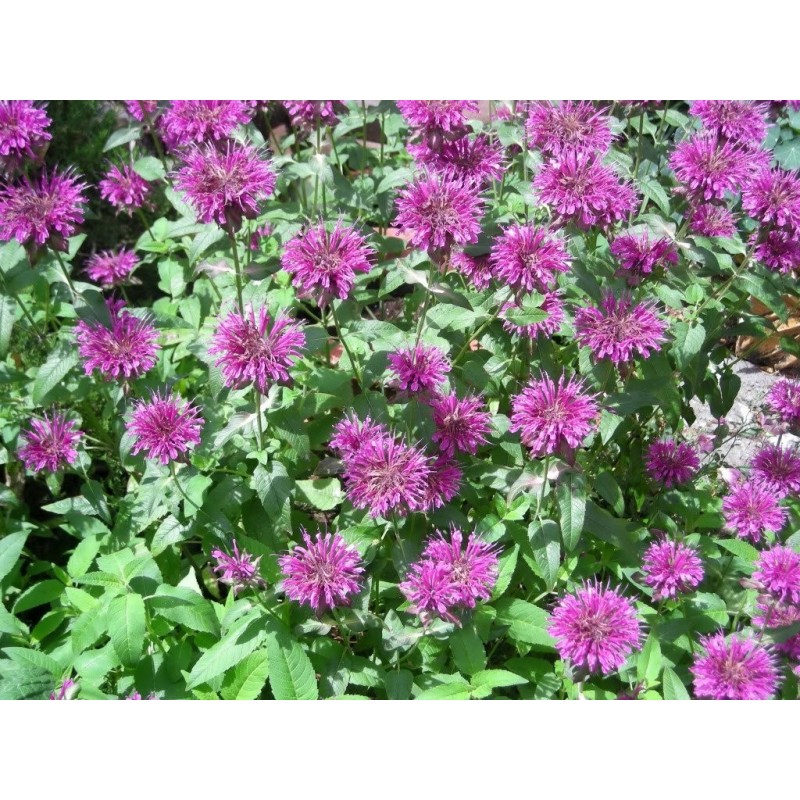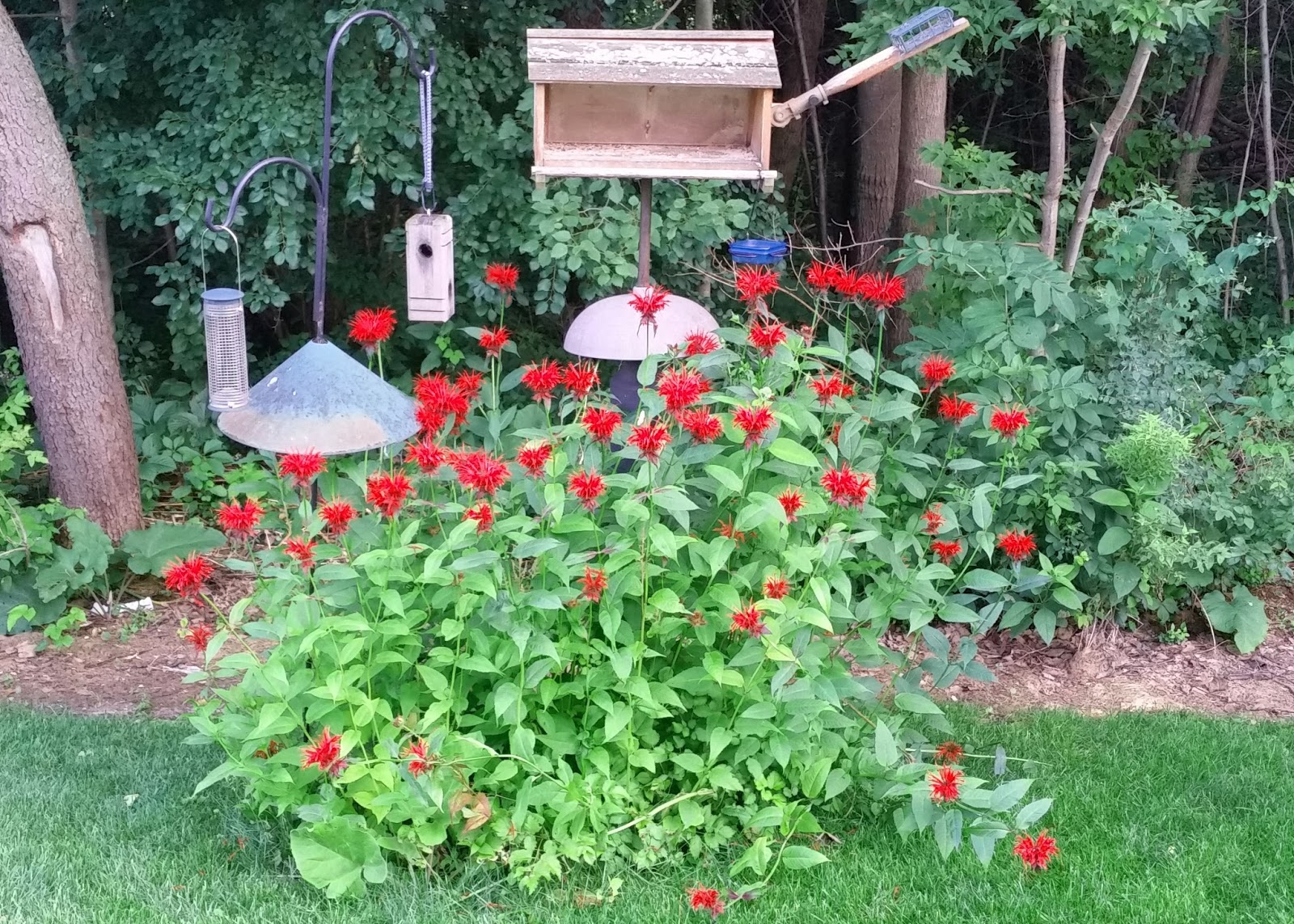

Bee balm plant sun or shade full#
Commonly known as Bee Balm, it will grow 2-4 feet tall in full sun and well drained soil under moist-to-medium soil conditions. Monarda didyma is a perennial wildflower native to North America that blooms bright red blooms for a month in late Spring to early Summer, and is primarily pollinated by hummingbirds. What is Scarlet Bee Balm (Monarda didyma)
Bee balm plant sun or shade how to#

That’s OK! Unfortunately the common name “Bee Balm” gets applied to several members of the Monarda genus. If you have been researching Bee Balm on the internet, you may be feeling a bit confused. So, stick around and I will tell you all you need to know to grow this wonderful, true hummingbird magnet! Monarda didyma, Scarlet Bee Balm I’ve grown dozens of this plant over the last 7 years and have become very skilled at growing, caring for, and propagating it through several means. Commonly known as Bee Balm (and many other names), this wildflower is primarily pollinated by hummingbirds.

You can also use lemon balm in cooking, in making essential oils and as an insect repellent.If you want to attract Hummingbirds to your garden, there is probably no other plant that can reliably do so than Monarda didyma. Most commonly, lemon balm leaves are used in teas and potpourris. These leaves can be used for a variety of things. Once established, lemon balm can produce large amounts of its sweet, lemon smelling leaves. Lemon balm is easily propagated from seeds, cuttings or plant divisions. It isn’t recommended that you fertilize lemon balm, as this can cause the strength of its scent to be reduced. Lemon balm plants will grow in part shade to full sun, but flourish best in full sun. The plants aren’t picky about where they grow and will grow in almost any soil, but they prefer rich, well drained soil. Removing the flowers of the plant as soon as they appear will make your lemon balm far less invasive. Often, people mistakenly think that lemon balm is invasive due to its roots, like its cousins peppermint and spearmint, but in fact it’s the seeds of the lemon balm plant that cause this herb to suddenly take over a garden. If not carefully controlled, lemon balm can quickly become invasive in the garden. It grows as a bushy, leafy herb with a pleasant lemon smell and small white flowers. The lemon balm plant ( Melissa officinalis) is actually a member of the mint family and is a perennial herb. Keep reading to learn more about how to grow lemon balm. While not as popular as other herbs, lemon balm is nevertheless a wonderful herb to have in your garden.

As a gardener yu may be wondering what to do with lemon balm, and what lemon balm is used for exactly. Lemon balm plants tend to be pass-along plants that a gardener ends up with from plant swaps or as gifts from other gardeners.


 0 kommentar(er)
0 kommentar(er)
